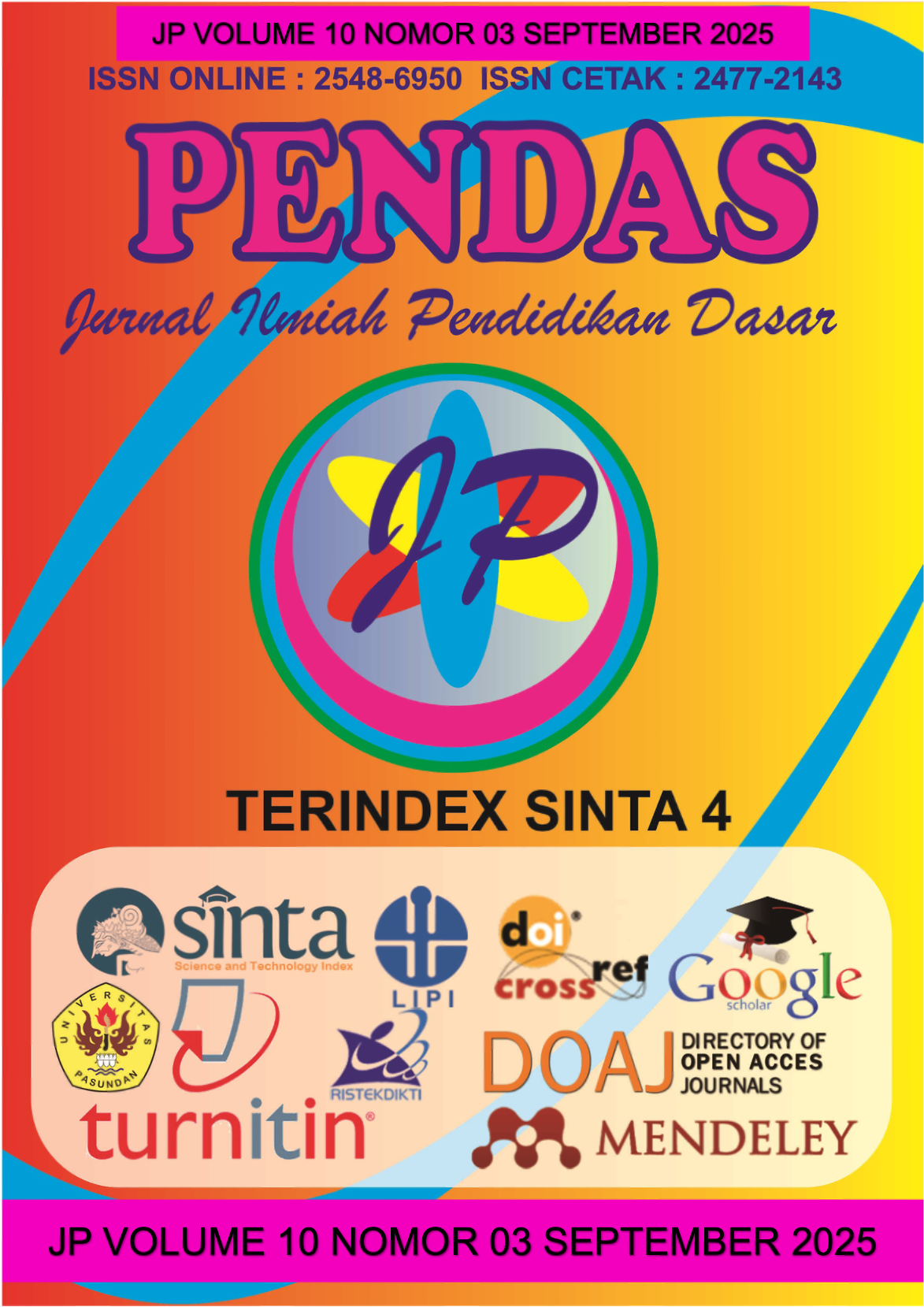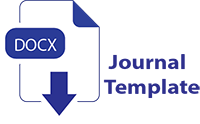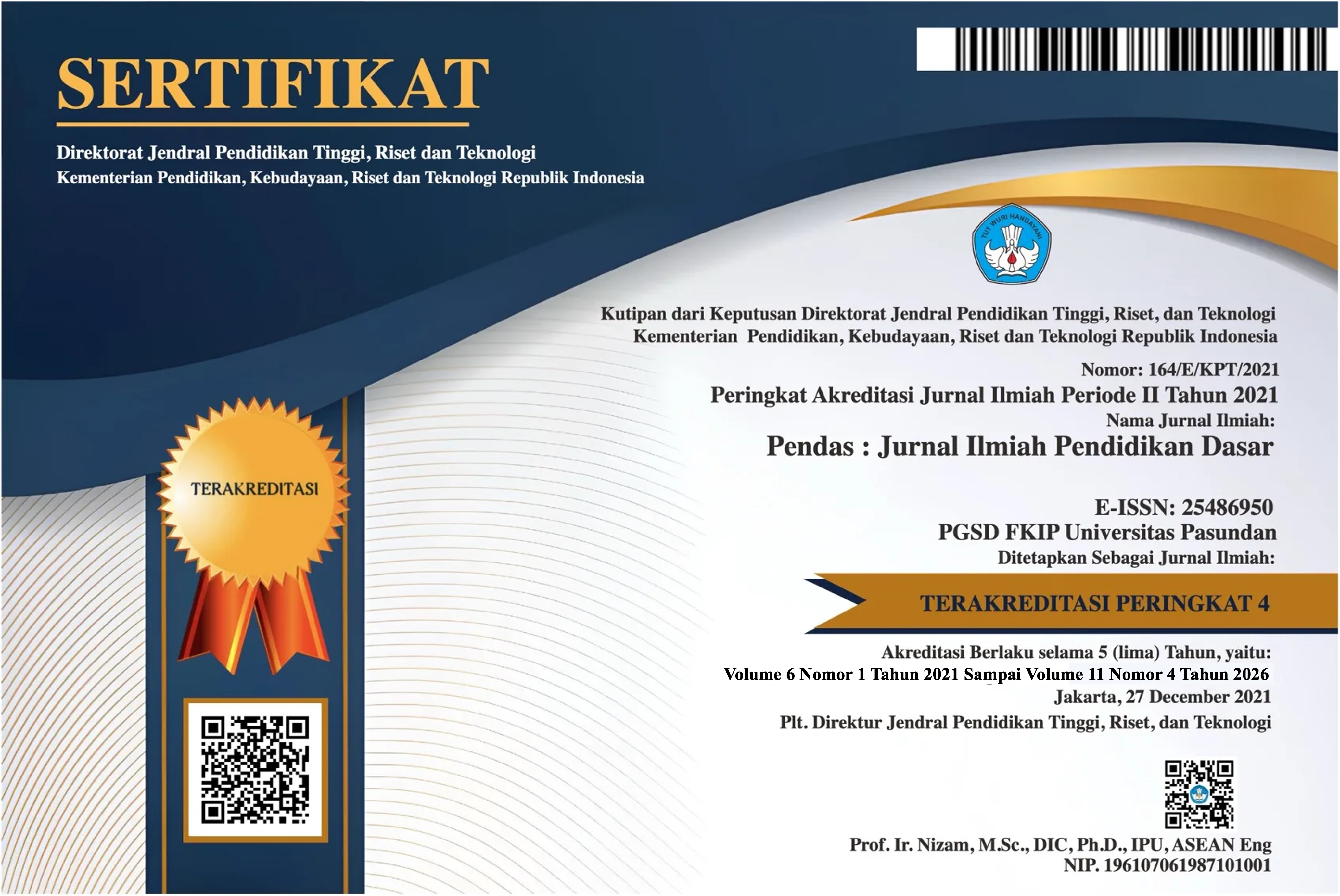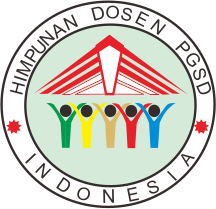PENERAPAN METODE TALAQQI DALAM MENINGKATKAN KEMAMPUAN MEMBACA AL-QUR’AN SISWA MA MDIA BONTOALA
DOI:
https://doi.org/10.23969/jp.v10i03.32002Keywords:
Talaqqi Method, Reading Ability, Reading the Al-Qur’anAbstract
The purpose of this classroom action research (CAR) is to examine the application
of the talaqqi method in developing the ability to read the Qur'an of class XI students
at MA MDIA Bontoala Makassar. This study used a two-cycle CAR design, involving
35 students as participants. Data were collected through observation, interviews,
tests, and documentation, then analyzed using percentage and average
calculations to measure student activity and their learning outcomes. The
application of the talaqqi method for two cycles showed a significant increase in
students' ability to read the Qur'an. In the early stages (pre-cycle), the average
student score was only 48 (less category), with a success rate of 34.28%. After the
first cycle, the average score increased to 70.28 (good category), and the success
rate reached 68.57%. In the second cycle, the increase continued with an average
score of 84.57 (very good category) and a success rate of 85.71%. These findings
confirm the effectiveness of the talaqqi method in improving students' ability to read
the Qur'an. Substantial improvement from pre-cycle to cycle II shows the feasibility
of this method to be applied in improving the quality of learning the Qur'an.
Therefore, this study recommends the integration of the talaqqi method more widely
into the Qur'an curriculum at MA MDIA Bontoala Makassar and similar schools.
Further research can explore the application of this method at various grade levels
and levels of education.
Downloads
References
Hasan, M. Lutfiatul, and Adam Hafidz
Al Fajar. 2025. “Pendidikan Islam
Berbasis Masjid: Studi Literatur
Atas Fungsi Masjid Sebagai
Institusi Edukasi.” Journal Islamic
Studies 6(1):116–33. doi:
https://doi.org/10.32478/r82yx41
9.
Irsalulloh, Dimas Bagus, and Binti
Maunah. 2023. “Peran Lembaga
Pendidikan Dalam Sistem
Pendidikan Indonesia.”
Pendikdas: Jurnal Pendidikan
Dasar 4(2):17–26. doi:
https://doi.org/10.56842/pendikd
as.v4i2.164.
Karim, Bisyri Abdul, Akhmad Syahid,
Rosmiati Rosmiati, and Martini
Martini. 2023. “Interpretation in
Character Education Student
(Munasabah Approach of the
Quran).” AL-ISHLAH: Jurnal
Pendidikan 15(1):475–86. doi:
10.35445/alishlah.v15i1.2899.
Khunafah, Khunafah, Nelud Drajatul
Aliyah, and Didit Darmawan.
2024. “Pengaruh Kemandirian
Belajar, Lingkungan Belajar, Dan
Metode Pembelajaran Terhadap
Prestasi Belajar Siswa SDN Di
Desa Bangeran Kecamatan
Dukun Kabupaten Gresik.” Jurnal
Ilmu Pendidikan Islam 22(2):111–
25. doi:
https://doi.org/10.36835/jipi.v23i0
2.4157.
Kunandar. 2019. Penilaian Auntetik,
(Penilain Hasil Belajar Peserta
Didik Berdasarkan Kurikulum
2013) Suatu Pendidikan Praktis
Disertai Contoh. Jakarta: Raja
Grafindo Persada.
Prasetiyo, Eko, and Aisyah Layli.
2021. “Meningkatkan
Kemampuan Menghafal Surat-
Surat Pendek Dengan Metode
Talaqqi Pada Usia 5-6 Tahun Di
Ra Perwanida Krompol Bringin.”
Kurikula : Jurnal Pendidikan
6(1):67–74. doi:
10.56997/kurikula.v6i1.714.
Siswanto, M. Bambang Edi, and Siska
Nur Wahida. 2022. Keterampilan
Membaca Al-Qur’an. Jombang:
Ainun Media.
Subaedah, Subaedah, Akhmad
Syahid, and Tirta Inzi Widana.
2023. “Penerapan Model
Pembelajaran Kooperatif Tipe
Student Teams Achievement
Division (Stad) Untuk
Meningkatkan Hasil Belajar
Matematika Peserta Didik Kelas 4
Downloads
Published
Issue
Section
License
Copyright (c) 2025 Pendas : Jurnal Ilmiah Pendidikan Dasar

This work is licensed under a Creative Commons Attribution 4.0 International License.



















